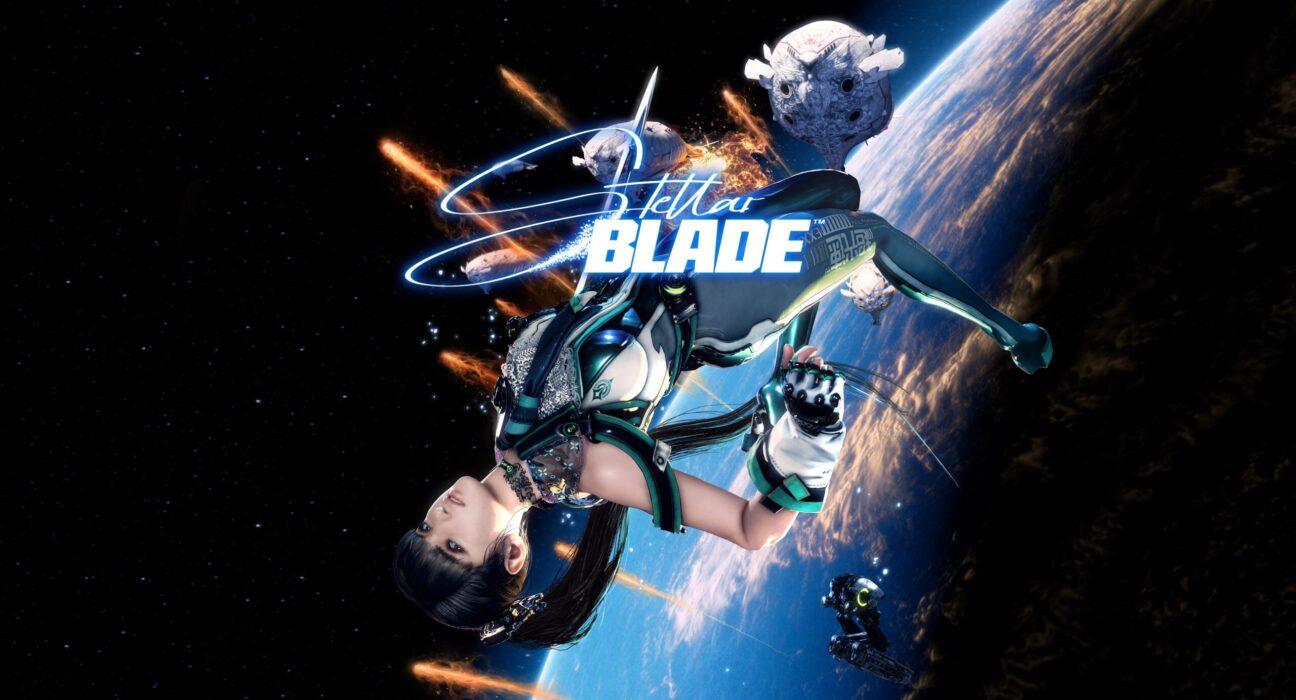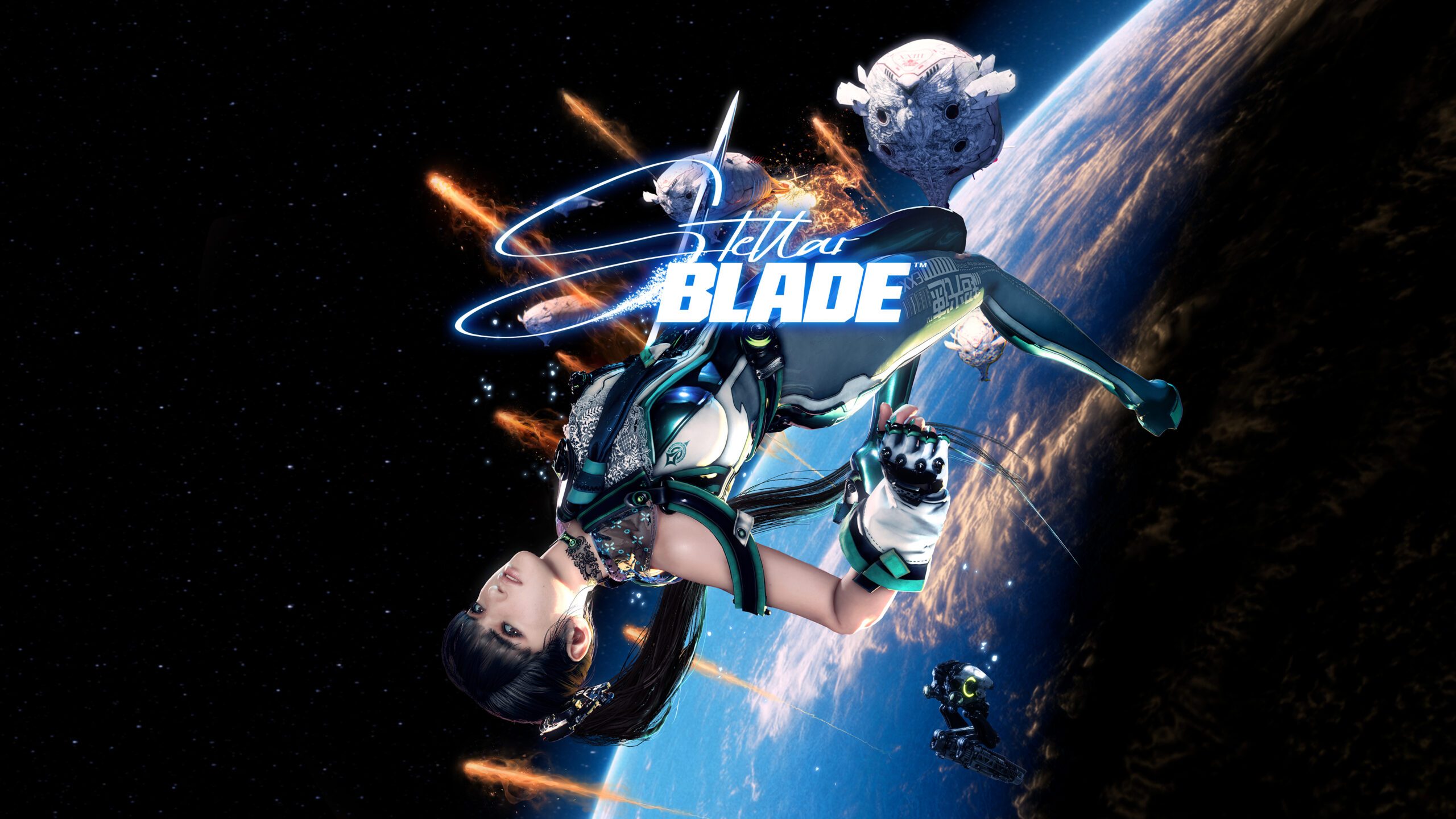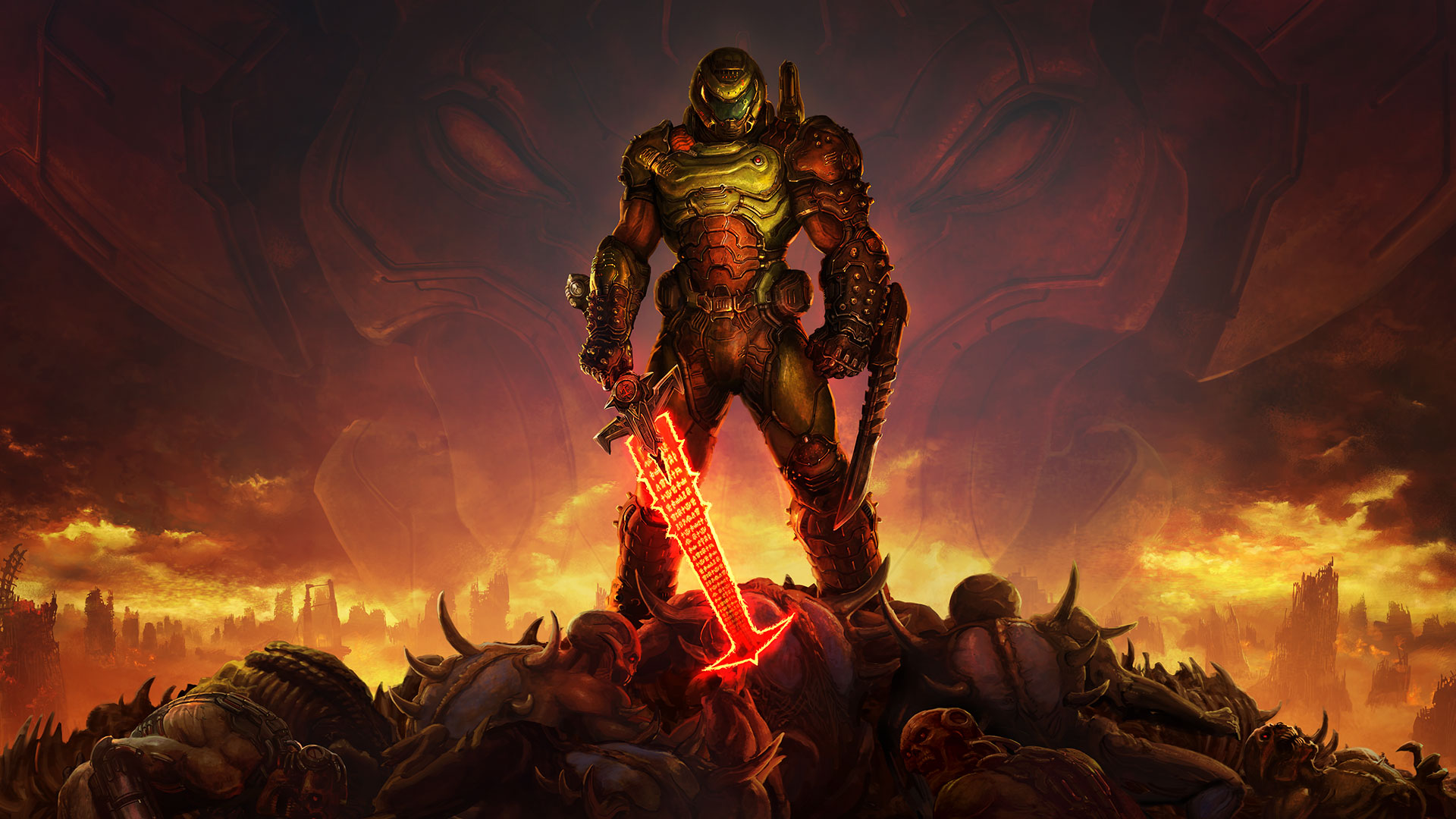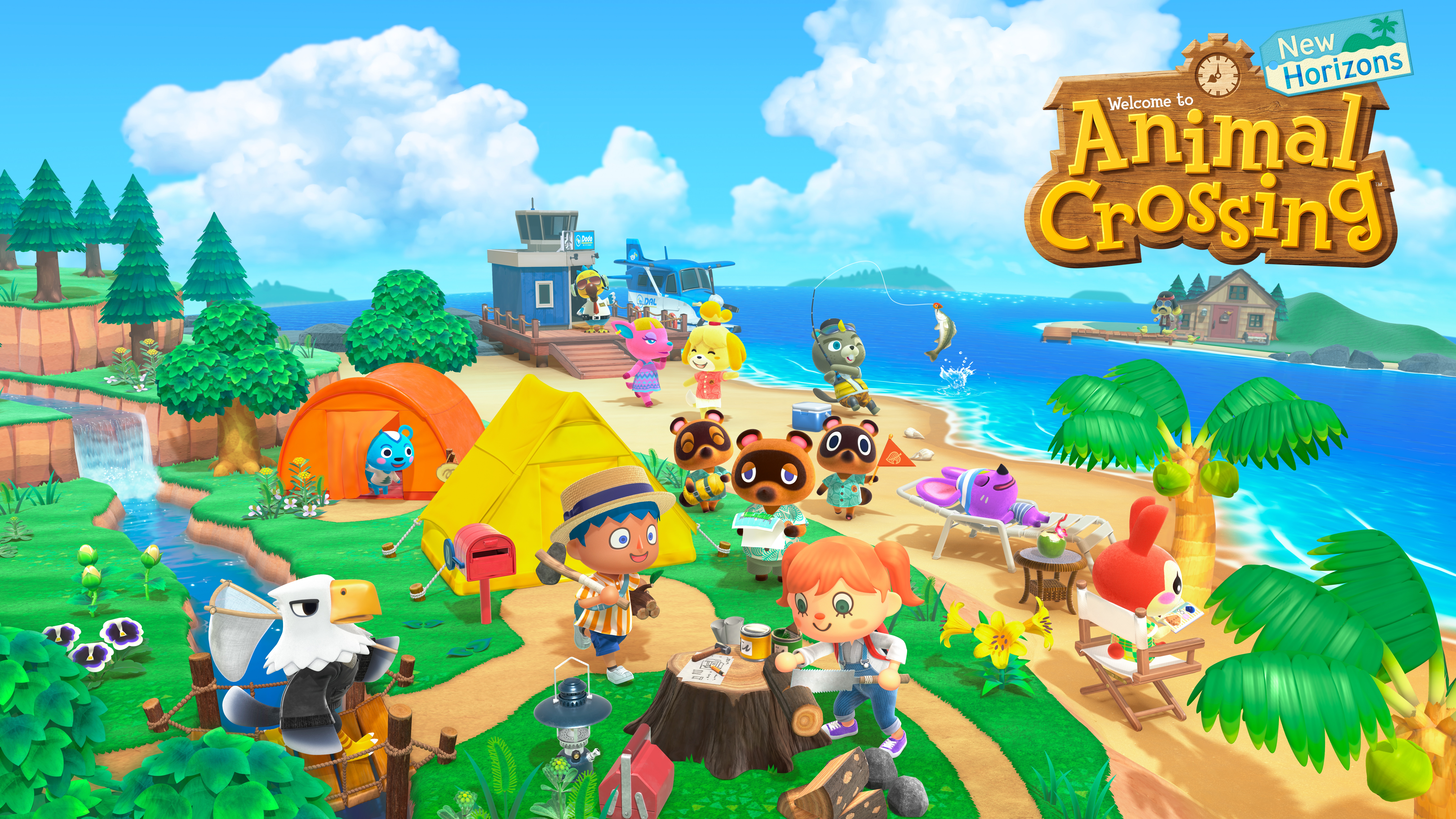NieR: Automata is a phenomenally important game. Yoko Taro’s masterpiece has continually proven to be one of the industry’s most-well-written pieces of game media around. It would come as no surprise then that there would eventually be games that lend inspiration from PlatinumGames’ 2017 masterpiece. One such game is Shift Up’s Stellar Blade, a game developed by a team whose portfolio is comprised of just one title, Goddess of Victory: Nikke, a gacha game whose writing has received praise on numerous occasions (though you will never hear me give any praise for a gacha game). Given Shift Up’s limited experience, its ability to produce a cohesive single-player experience was always in question. The game balance and economy of a single-player game is wholly different, notably less exploitative, to that of a gacha game, but every time it was shown off, it seemed that the South Korean developer was capable of crafting a cohesive experience. That leaves us with Stellar Blade, a game that constantly lives in the shadow of its inspiration yet still manages to provide a fun and engaging experience.
Stellar Blade takes place in a post-apocalyptic future where humanity has been driven from Earth by a powerful force of beings known as the Naytiba. The Naytiba has completely destroyed all forms of civilisation, leaving nothing but ruins and remnants of a once-great people. This is where EVE, the game’s protagonist, comes into play. Being dropped down onto Earth’s surface in a manner similar to that of a Helldiver, EVE finds herself in the company of Adam, a mysterious but kind man, and Lily, an engineer who looks like she has only just reached conscription age.
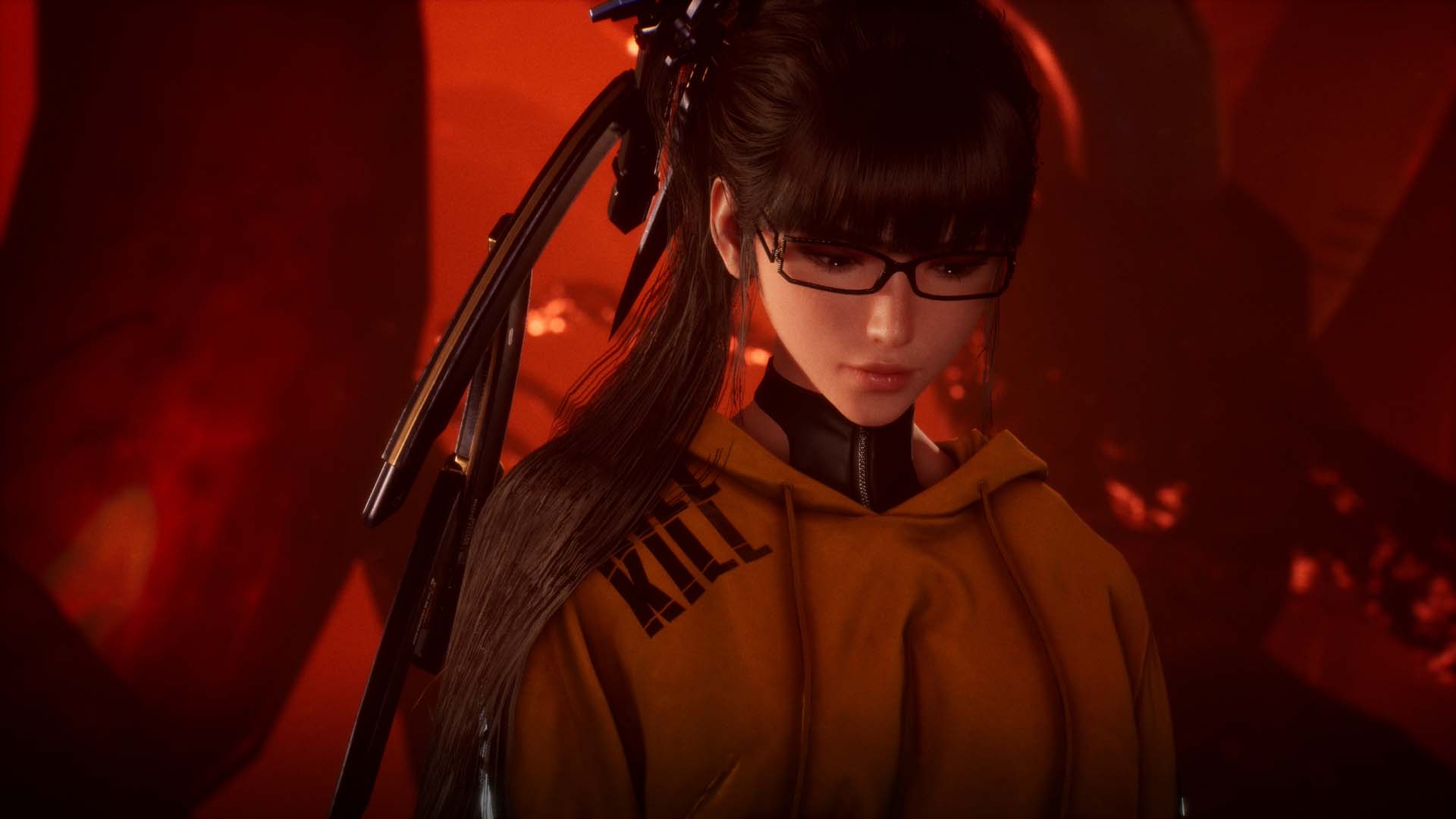
EVE is on a quest to destroy the Alpha Naytiba (plural), a very powerful form of Naytiba that has the potential to cause massive damage and be a huge threat to any survivors still on Earth. However, it quickly becomes apparent that dealing with the Alpha Naytiba alone will not suffice, and the goalposts quickly shift towards the Elder Naytiba, the most powerful of the Naytiba, and gaining access to this Elder Naytiba requires the cores of numerous Alpha Naytiba. Conveniently, progressing towards all the Alpha Naytiba also points you in the direction of Heavy Cores, a power source that is needed to keep the city of Xion, the last known settlement of human survivors on Earth, safe and powered.
If you are coming from NieR: Automata and expecting Stellar Blade to provide a deep and well-written story, I am sorry to burst your bubble but Stellar Blade falls short in just about every conceivable aspect. I’m not sure if it’s a localisation issue, but the dialogue does a great job at feeling stiff, and the voice acting frequently butchers the delivery, ruining any chance of a serviceable story. It’s not all bad though, as there are points where the storytelling and world-building are quite good, notably when explaining some of the lore, which it does via cutscenes at various narrative milestones, and raising some questions at the same time. However, these moments are rare and are far from enough to redeem an otherwise disappointing story.
While I’ve already mentioned this, I cannot overstate just how bad the English voice acting is for Stellar Blade. I’ve played numerous games with atrocious voice acting. Final Fantasy XIV: A Realm Reborn, Xenoblade Chronicles 2, and The Elder Scrolls IV: Oblivion to name a few. Stellar Blade sits among these champions with some of the worst, consistently terrible voice acting that I have experienced. From tone-deaf deliveries to voice acting that wouldn’t be out of place on TikTok montages of Reddit fanfic with footage of Subway Surfers or Temple Run playing in the background. Seriously, a lot of these voice lines sound like table reads and first takes.
What’s probably most disappointing about the story is the fact that the game clearly wants to have a story with the same nuance, layering, and impact as NieR: Automata. However, it clearly does not understand why NieR: Automata works so well. Instead, it completely throws whatever nuance it could have had out the window in its early stages, and becomes a mess of either predictable plot points or contrived nonsense, sometimes both at the same time. Compare this to NieR: Automata, which convinces you that it is a pretty stock-standard story until you have proven to the game that you are committed to its story through the first two playthroughs, and only then does the game truly show its hand, providing you with incredibly compelling writing. It’s a narrative bait-and-switch manoeuvre that I have yet to see replicated effectively, and Stellar Blade doesn’t even come close to achieving this lofty goal.
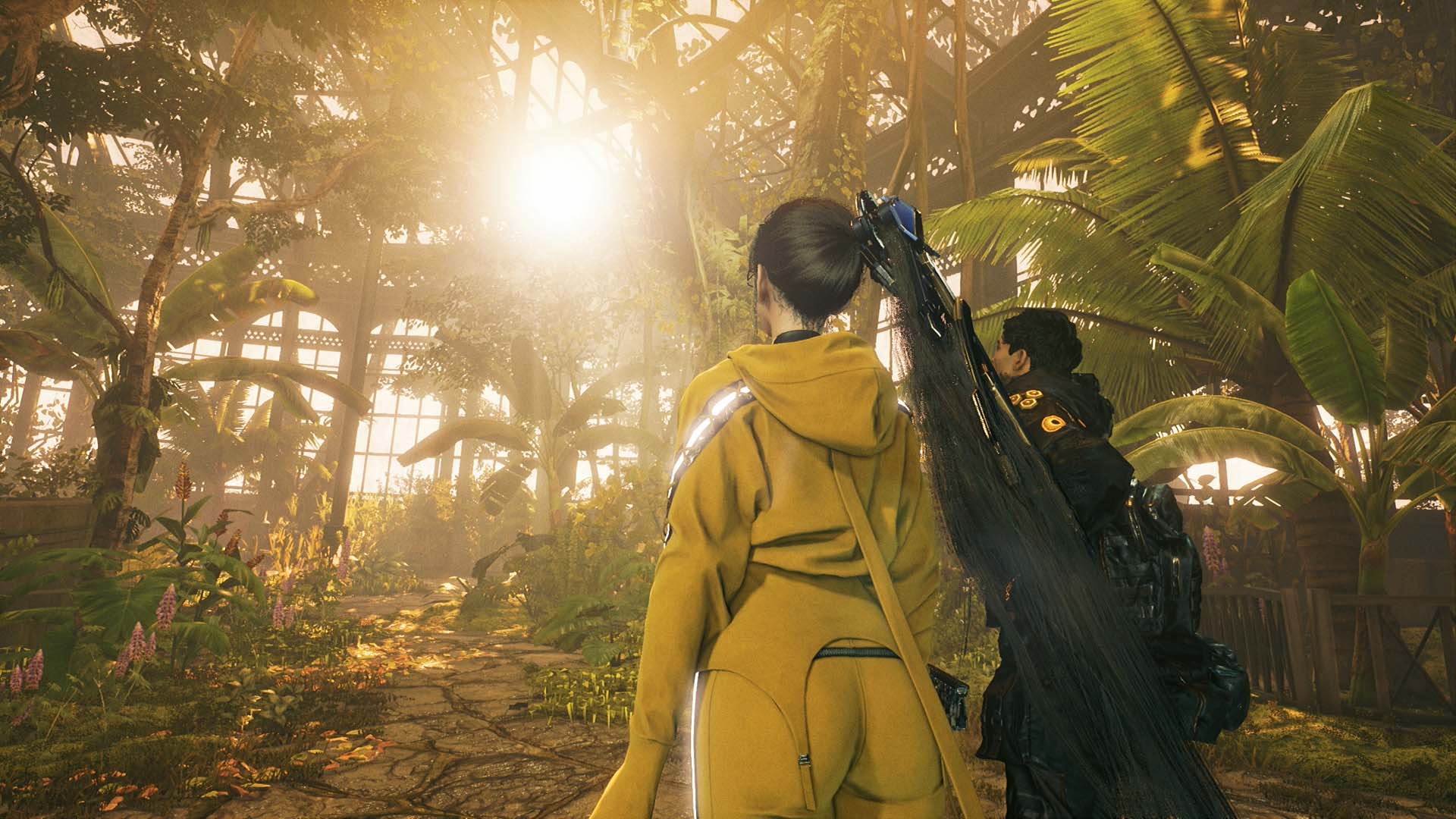
Where Stellar Blade both shines and falters is its gameplay. Early impressions will immediately see you putting it up against the aforementioned NieR: Automata. While this comparison is apt for its writing, it isn’t for the gameplay. This is a problem for Stellar Blade as its gameplay is much slower than NieR. It’s more easily compared to something like Lies of P, which adopts the popular Soulslike formula of gameplay while also bringing in a larger focus on perfect blocks/parrying. Stellar Blade follows this formula but balances the focus on perfect blocks as well as dodging.
Learning this gameplay style is tough at first because you will probably find yourself trying to approach it as a hack-and-slash similar to NieR. But once it clicks that you have to take it a little slower and be a little more calculated, the game feels incredibly satisfying to play. Enemy moves are well-telegraphed, there is enough enemy variety that you don’t feel like you’re fighting the same things over and over again, and the bosses make great use of the skills you learn and practice during your time playing the game. On the defensive and evasive side of gameplay, Stellar Blade is…well stellar. Aiding this is the satisfying sound design of the perfect blocks which provide a great “clang” when performed successfully.
Not satisfied with just a simple take on the Soulslike formula, Stellar Blade also adds skill trees and abilities as you progress through the game. The first of which are Beta skills, and these will be the abilities you engage with the most. Dealing damage and getting perfect blocks will fill your Beta bar, which you need in order to use these abilities. There are some more that I won’t mention as I don’t want to ruin the fun if you do wish to play, but these other abilities are great. Beta skills will initially take some time to get in the habit of using, but they will most likely be the ones you engage with the most since by the time you unlock the others, using beta skills will be a matter of muscle memory.
If there is one thing that Stellar Blade understands well when it comes to NieR: Automata’s accomplishments, it is, unfortunately, the underwhelming side quests. Stellar Blade’s side quests can mostly be boiled down to fetch quests with bad dialogue. There are a small handful of quests with interesting story beats, but for the most part, it is “Go to X place and get X item”. Nothing very interesting. Thankfully, the side quests rarely provide you with items that are important to your power climb, so if you wanted to, you could largely ignore them.
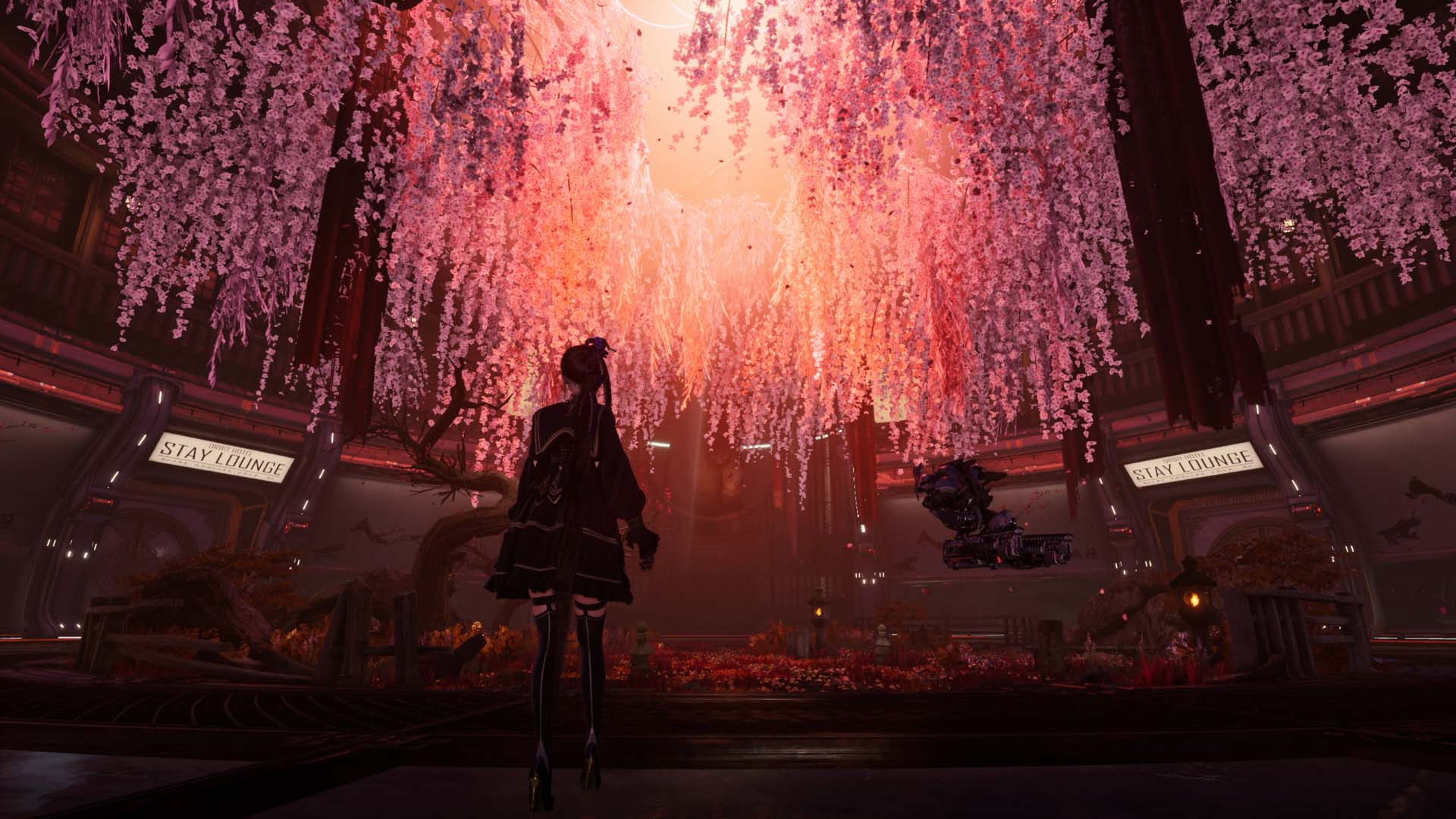
One aspect of Stellar Blade that I was not expecting to be so impressed with was its varied-level design. What I mean by this is Soulslike games typically commit to either linear, Metroidvania-style levels with intricate shortcuts and branching paths with which to hide little secrets, or some kind of open-world design that still features small elements of tighter level design. Stellar Blade doesn’t rest on its laurels and instead opts to have a mixture of both of these design styles, and the game is all the better for it. I don’t think Stellar Blade would benefit from focusing on one or the other, as neither implementation is particularly strong, but because there is variety, the level design feels better by contrast to itself. The linearity doesn’t outstay its welcome and neither does the open world. What is also clever is that the environments are perfectly appropriate for each style. Biomes you would expect to have large open spaces are indeed exactly that, and others that would foster tighter design follow in kind. The overall design isn’t able to stand up to level design giants like FromSoftware’s Soulsborne games, but Stellar Blade is acutely aware of this and it’s one of the few times where the game doesn’t try to reach beyond its means.
By far the game’s strongest point is its soundtrack. There is a good mix of calmer, sombre music, and high-intensity music. This comprises a wide range of music that you would expect from JRPGs: the dense, busy music for big scenes and the thinner music for scenes that necessitate it. Overall, the music does a great job of creating an atmosphere and pumping you up. It doesn’t quite reach the heights of NieR: Automata or even Bloodborne, but it is no slouch either. One of my favourite features of this soundtrack is the way that it can dynamically evolve depending on what you are doing in the game. Without being too specific, there are some abilities whose use will enable an alternate form of music and this is done incredibly well. While not quite the same thing, the way it evolves and builds reminds me of how the NieR: Automata soundtrack builds and evolves as you get closer and closer to an area’s focal point. Great stuff.
My entire experience with Stellar Blade was played with the game’s Performance Mode enabled. As a bit of a slut for framerates, being able to play games at smooth and consistent framerates is always appreciated. Unfortunately, Stellar Blade is not one such case, even with Performance Mode enabled. There were numerous frame drops, especially in the earlier sections of the game, which seemed to be spurred by loot generation from breaking boxes and defeating enemies. While the performance woes levelled out towards the end of the game, it was still jarring nonetheless. Who knows, maybe the insane hair physics (among other bodily physics) were taxing enough to cause this. These performance woes won’t be the reason you drop the game, however, so if you are willing to put up with its prevalence which declines the further into the game you get, you’ll be fine.
- Conclusion
- Stellar Blade reaches for the stars but struggles to breach the atmosphere. It tries so hard to tell a story as deep and nuanced as the games before it, namely NieR: Automata, but fails to understand why exactly those stories were so good. Without that, you are left with a game that is functionally very good. The combat, music, and variety are incredibly well done. If you want to play this game, you should go in knowing that the story is nonsense, and the gameplay is where the game really shines. If you are okay with this deal, then Stellar Blade can be a fun and engaging game.
- PS5



